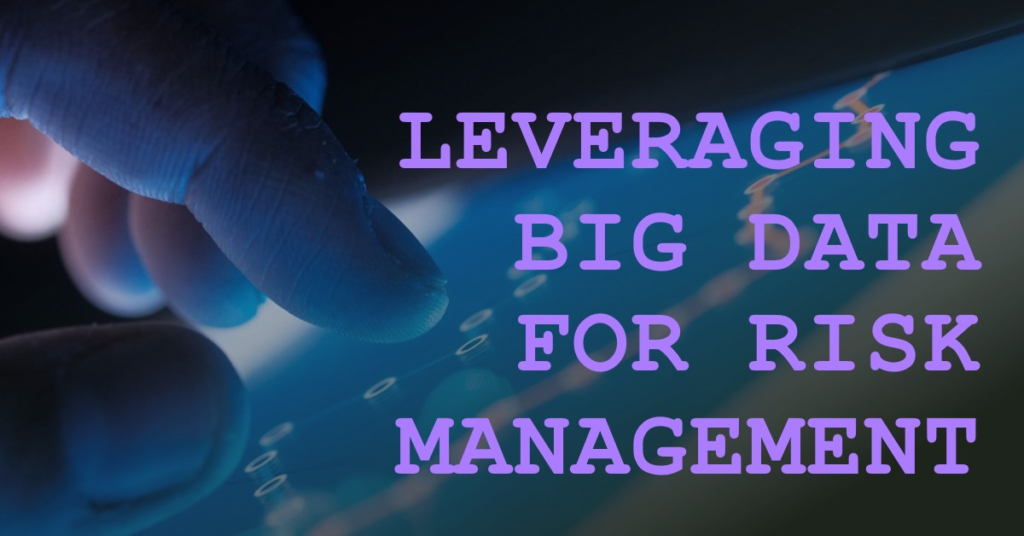
Risk Management in the Age of Big Data
Introduction to Risk Management
Evolution of Big Data
Intersection of Risk Management and Big Data
Utilizing Big Data for Risk Management
Implementing Big Data Risk Management Strategies

Benefits of Big Data in Risk Management
Challenges and Limitations
Despite its potential benefits, leveraging big data for risk management poses challenges and limitations. Data privacy concerns loom large, particularly in light of stringent regulatory requirements such as the General Data Protection Regulation (GDPR). Moreover, ensuring the accuracy and reliability of big data analytics remains a persistent challenge for organizations.
Case Studies and Examples
Future Trends in Big Data Risk Management
Conclusion
In conclusion, the age of big data presents both challenges and opportunities for risk management. By harnessing the power of big data analytics, organizations can gain valuable insights into potential risks and make informed decisions to mitigate them. However, addressing data privacy concerns and ensuring the accuracy of data analytics remain crucial considerations for effective risk management.
FAQs
- How does big data contribute to risk management?
- Big data enables organizations to identify, assess, and mitigate risks more effectively by providing timely insights and predictive capabilities.
- What are some challenges associated with utilizing big data for risk management?
- Data privacy concerns, accuracy issues, and the complexity of analyzing large datasets are some of the challenges organizations face when leveraging big data for risk management.
- How can organizations overcome data privacy concerns when using big data for risk management?
- Organizations can address data privacy concerns by implementing robust data protection measures, ensuring compliance with regulatory requirements, and adopting ethical data handling practices.
- What role does predictive analytics play in big data risk management?
- Predictive analytics utilizes historical data patterns and trends to forecast potential risks, enabling organizations to take proactive measures to mitigate them before they escalate.
- What are some emerging trends in big data risk management?
- Integration with artificial intelligence technologies and the adoption of blockchain solutions are among the emerging trends in big data risk management, promising to enhance predictive capabilities and data security.
